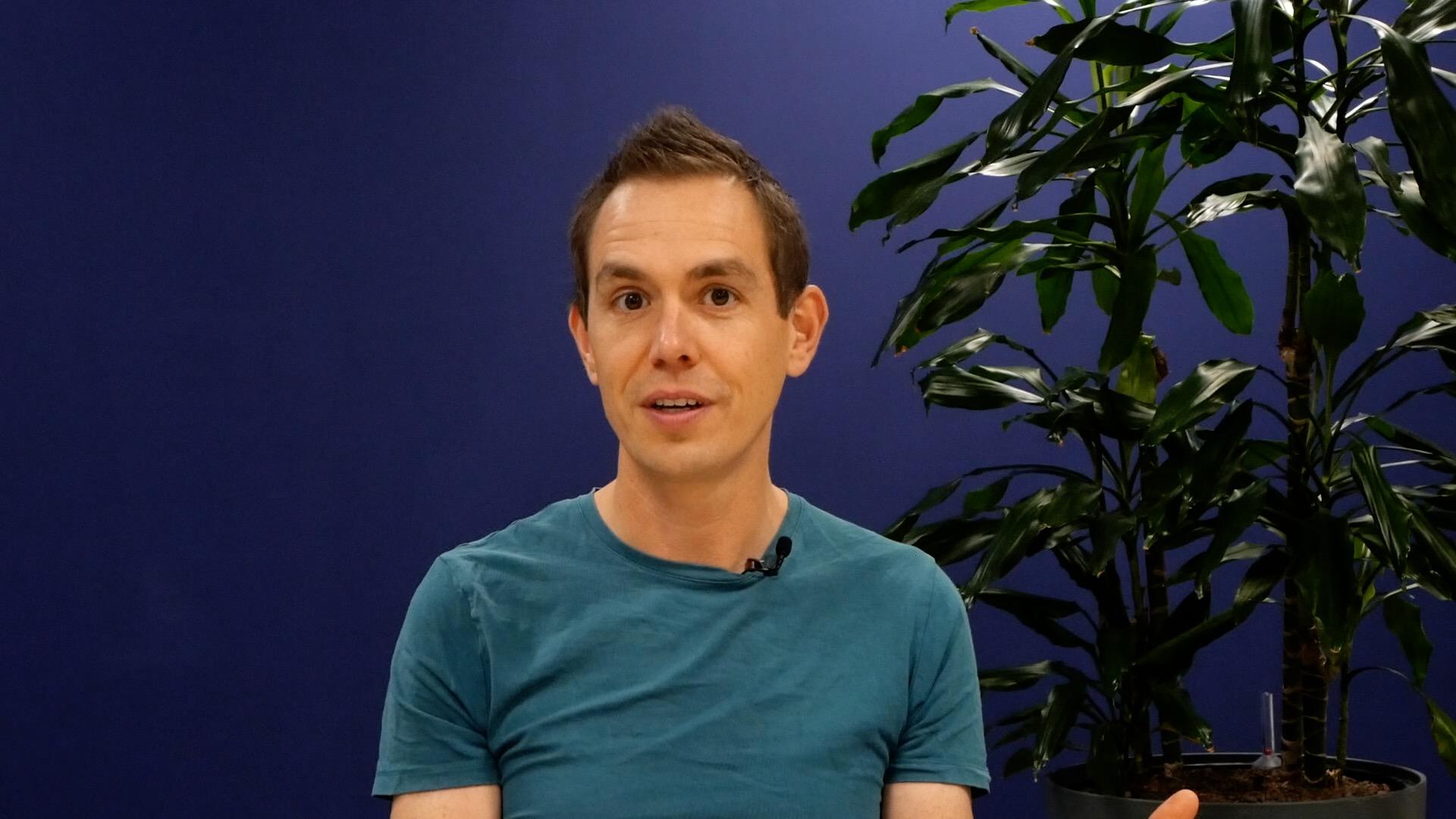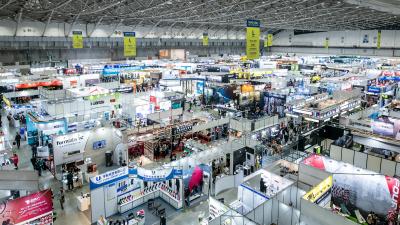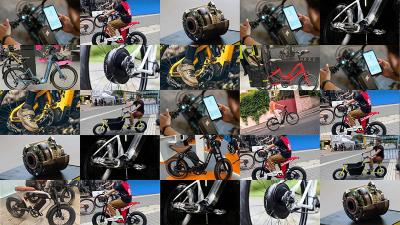All pages

1
Taipei prepares for bike industry again
Cover and contents
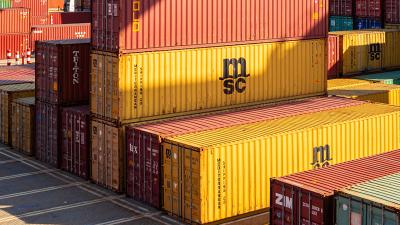
2
Taiwan exports over 1 million e-bikes in 2022
Despite industry challenges, shipments of e-bikes from Taiwan to global markets were at a very high level throughout 2022.
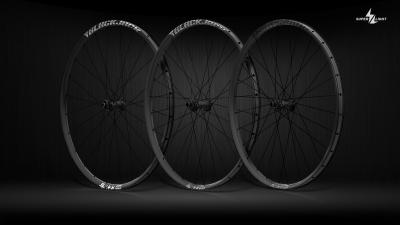
3
Rodi Industries

4
Meet the new TBA chairman, KMC’s Robert Wu
Bike Europe spoke to Robert Wu to find out what is on the cards for the TBA now that he has been elected chairman.

5
Lishui Controllers for Dual-motor E-vehicle
Lishui Controller will Attend 2023 Taipei Cycle Show
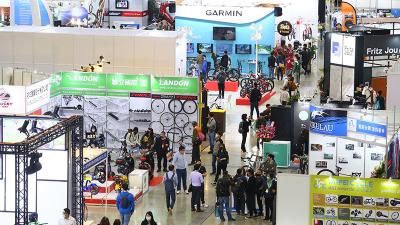
6
‘Back to normal’ is high priority at Taipei Cycle
Following a 3 year pause for international guests, a visit to Taipei Cycle Show will mark the moment of returning to normal.

7
Okawa offers e-bike drive units

8
Uniting bicycle industry CEOs on sustainability issues
Erik Bronsvoort, director of Shift Cycling Culture

9
Shengyi 07 E-Road System
Better Choice. Better Riding.

10
Giant's Bonnie Tu outlines Taiwanese sustainability goals
Giant has taken the lead to get Taiwan’s industry ready for the future, but what is the Bicycle Alliance for Sustainability?

11
Taipei Cycle Show
Register Now!

12
Taiwan bicycle export value on the rise
While the assembly of bicycles has spread to other low-cost countries in Asia, Taiwan hasn’t completely lost its position.

13
DDK VM fit

14
SRAM commits to new facility in Taiwan
With an investment in a new factory in Taichung, SRAM is expanding its component manufacturing capabilities in Taiwan.

15
Group subscription
All editions
Search
Je zoekt door alle Edities
